22 Jun 2011
Mauritius is a beautiful Island with most of its agricultural land occupied by sugar cane. It has attractive beaches and other physical geographical attractions. It is a popular destination for tourists (nearly a million visitors annually). No wonder a bill board at the arrival terminal of their international airport reads; “Welcome to Paradise”.
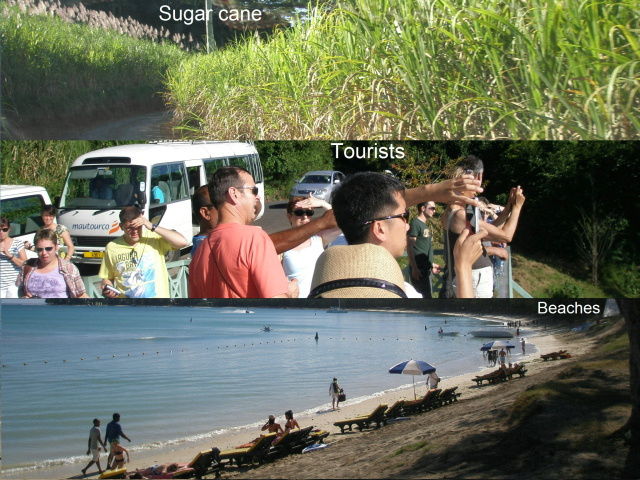
I left Johannesburg on board a South African airline plane on the 2ndof June 2011 for the four hours’ flight to Mauritius (an Island nation in the Indian Ocean sitting some 800 kms east of the bigger island of Madagascar). According to various sources, Indo-Mauritians make up to 68% of the population while Creoles account for 27%. The remainder comprises Mauritians of French and Chinese descent.
Mauritius (pop. 1.3 million) is geographically in Africa but culturally leaning towards Asia. When walking on a street in the capital (Port Louis), you feel more in India than in Africa even though Mauritius is about 3800 kms away from the Indian mainland and only 1800 from continental Africa. Mauritians themselves seem to be confused about where they belong. This was illustrated by a conversation I had with a middle aged man. “Where do you come from?” The man asked me. “From Mauritius” I joked. “No. You are not from Mauritius. You are from Africa.” The man told me. “But Mauritius is in Africa”. I reminded him. He shook his head in denial. “That is what the politicians say. Mauritius is not in Africa.” He however did not tell me where Mauritius belongs. For a small island with a coast line of just 177 kms stuck far away in the sea, one can appreciate the feeling of detachment (from Africa) expressed in the man’s view of his country’s geopolitical position.
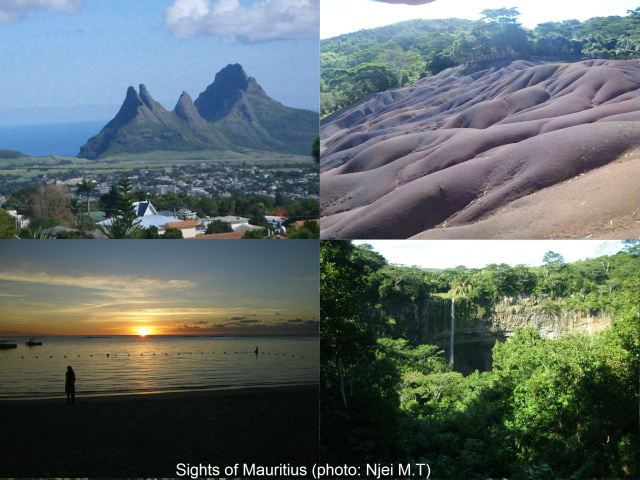
I was invited to Mauritius by my friend Chesami Emmanuel—a trade policy analyst working at the Commonwealth Secretariat in that country’s Ministry of Foreign Affairs, Regional Integration & International trade. From my discussion with him and others, and my trips around the country, I came to the conclusion that Mauritius is one of the few properly governed African countries that is focused and knows where she is going. Things that Mauritians take for granted like paved roads, uninterrupted electricity supply, relative security and clean water are issues that are still at the center of electoral campaigns in many African countries. There is a functional social security system in place in the country. Public transportation is free for school children, the disabled and the elderly. In addition many Mauritians enjoy free education and free health services. Life expectancy at birth is 73 years. These achievements are commendable for a small country with little or no extractable resources. They really stand out if you compare Mauritius with the resource-rich, corruption ridden highly indebted dysfunctional countries on the African continent.
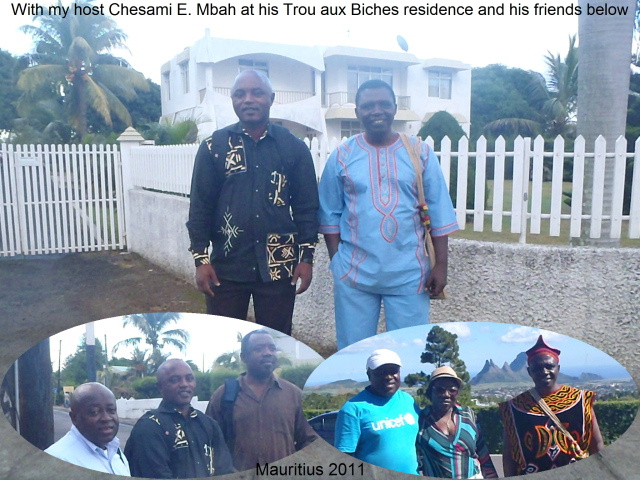
I was staying with my friend at Trou aux Biches, a seaside residential area in the Northern part of the country. Many middle class people live here and work in Port Louis, about 13 kms away.
I had the opportunity during my stay to visit some of Mauritius’ exquisite touristic attractions. These include the Trou aux Cerfs extinct volcanic crater, the black river gorge, a waterfall and the 7 coloured earth at Chamarel amongst others in the South Western part of the country. Another must see place in Mauritius for nature lovers is the botanic garden at Pamplemousse in the north. I also took time to interact with Mauritians in Port Louis’ commercial stalls and recreational gardens. Mauritians are always keen to know where you come from. Whenever I mention Cameroon, the immediate reaction is “Roger Milla, Eto’o Fils”—Cameroon’s best known football stars. The people of this little island are ardent football fans.
I am generally afraid of water because I cannot swim so it took a pit of persuasion to convince me to ride a boat to the sea to view coral reefs. The boat had a transparent glass bottom that allowed passengers to view the aquatic fauna and flora beneath.
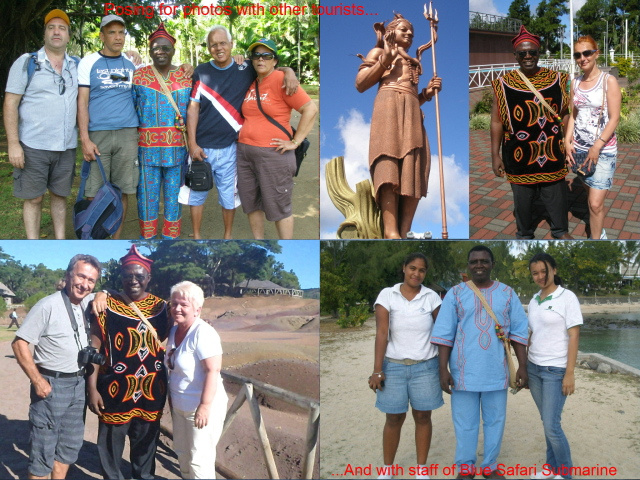
After overcoming the fear from this foray into the sea, I mustered courage the second day to face another daring challenge—a boat ride further into the sea and a transfer into a submarine to experience a plunge 35metres deep and exploring the ocean floor for 45 minutes. The submarine designed for tourists for underwater adventure has a sitting capacity for 10 passengers. We saw rocks and sand at the ocean floor, corals reefs and a sunken ship.
At least I came back from Mauritius with a ‘Diving Certificate’ from the Tropical Submarine Ltd—the company operating the Blue Safari Submarine .It had the following inscriptions “We certify that Mr. MOSES TIMAH NJEI dived on board of Blue Safari submarine 1100 on the day of 08 June of the graceful year of 2011 and has participated to the site discovery of STARHOPE (Republic of Mauritius by 35 meters depth”
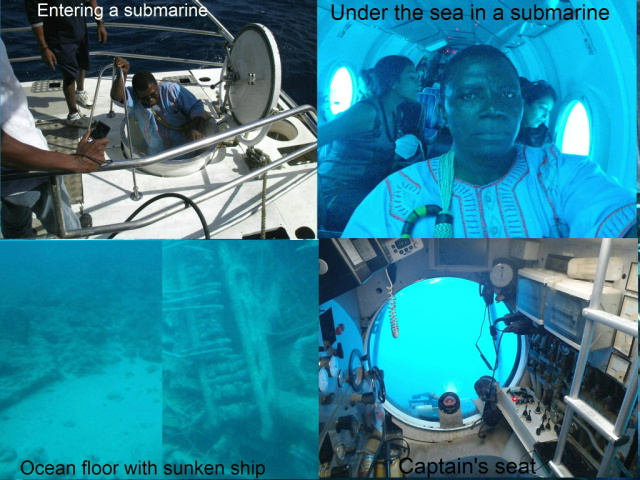
You can hardly return from a visit to Mauritius without falling in love with the Island’s popular music called Sega. It is something akin to a mixture between zouk, reggae and local stuff. It is even more enjoyable when you watch dancing women take waist centered rhythmic moves with their flowing skirts. See sample of Sega at this link
http://www.youtube.com/watch?v=Zvj-U2NxPv8&feature=related
Related photos: Botanic garden at Pamplemousses, Mauritius
http://www.njeitimah-outlook.com/albums/album_image/2075996/7369409.htm
More information on Mauritius
http://www.nationmaster.com/country/mp-mauritius
Njei Moses Timah
|